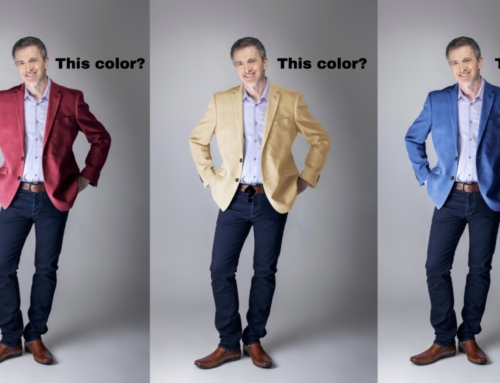In honor of 2024 International Woman’s Month, where the theme is “Inspiring Inclusion,” I’d like to honor all the diverse women from various parts of the world who dress themselves in ways that honor their culture, both past and present.
Every day, we see and read about women from around the world who are making incredible strides to be seen, to be heard, and more importantly, to make a difference in the world. They come from many different countries, continents, and communities and yet, their contributions inspire us all. As a result, we are now free to adorn ourselves with fabrics and styles that create an image of who we are and how we want to show-up in the world.
As a 5th generation stylist and image consultant in the clothing and fashion business, I have lived in many different countries and as a passionate costume historian, I have made a life-long study of the different fabrics and how women drape and adorn themselves. And in the name of beauty, many women have suffered to project an image of beauty within their particular society.
ALL IN THE NAME OF BEAUTY
For example, I think back to the 16th – 19th Century European and American women who wore corsets that squeezed their waists so tightly that their ribs were deformed and internal organs moved into unhealthy and unnatural positions. See image below…UGGH! Finally, after 400 years of body cinching corsets, we all need to give a huge “thank you” to Fashion Designer Coco Chanel, who in the early 20th century was one of the first designers to get rid of the corset, designing clothing that gave women freedom of movement, allowing them to wear comfortable and practical clothing.
clothing.
* * *
Over in the Far East, for 1000 years, women in China bound their feet to an ideal 3 1/2 to 4 inches in length, making it incredibly painful to walk – again, all in the name of beauty. This was done in the middle and higher classes and was considered sexy to their husbands. As a result, women were barely to stand up from a chair without assistance compared to lower-class women with unbound feet, who were considered to have “big flapping feet”. These women also had 5.1% lower hip bone density due to the lack of using their muscles such as in simple acts as just walking. This practice finally ended a little over 100 yrs ago, with the last women who bound their feet lived until the early 20th century.
* * *
Think about the long-neck Kayan women of Thailand and Myanmar who continue to wear these incredibly heavy and confining brass coils around their necks as a symbol of beauty in their society. Last month, while I was in Thailand visiting these tribal women, I learned how heavy these brass coils are when I put on a sample 1/2 collar myself. The weight physically pushes down their collar bones and shoulders, resulting in eventual deformation of their upper chest, shoulders and spine. The only times they are removed is when they replace them as they get older with additional coils. Additionally, as shown in the photo below, I noticed that only some of the older women had leg rings, again, which are so incredibly heavy.

* * *
Let’s also honor and remember Mahsa Amini, the 22-year-old Iranian woman who died in 2022 in police custody after being arrested for allegedly breaking Iran’s Islamic dress code for not wearing her headscarf or hijab. She died three days after she was arrested by Iran’s morality police. Authorities said she suffered a heart attack, (ha!) but, Amini’s supporters said she was beaten by police and died as a result of her injuries. I understand the protection that veiling and covering the body affords women in that society, having lived in Abu Dhabi, in the Middle East for 3 1/2 years, but as a Westerner, I found it restrictive and sexist. I’ll save the rest of my thoughts on this topic for another day.
* * *
On the other hand, on my Asian trip from which I recently returned, I also had the privilege to attend two weddings in South India, where I had the chance to wear the saris shown below on multiple days. I found them to be incredibly comfortable and feminine, as long as the coordinating blouse (choli) isn’t too tight around your ribcage, bust or arms. A huge thank you to my friend who let me borrow her beautiful saris.

* * *
Additionally, I’d like to acknowledge and honor IRIS APFEL who past away earlier this month (March 2024). She was an amazing woman and fashion icon who amongst her many accomplishments, was listed as one of the fifty “Best-Dressed over 50” by the Guardian Magazine in 2013, has a Barbie made in her image and first signed a modeling contract with a global agency at 97 years old. Now THAT’ is a woman who never stopped being her best.
BREAKING THE GLASS CEILING
In honor of International Women’s Month, I honor all of these women around the world, from various countries and societies, who are marginalized or who suffer bodily mutilation.
I honor our sisters who came before us, who have pushed the limit and inspired change.
Today, we strive to create beauty in our modern society, free from societal pressures in those countries that require women to harm themselves in their quest for beauty. Let’s continue pushing for greater freedom in how we express ourselves through the diversity in what we wear and the freedom of our individual expressions of beauty.





